He was the son of Jasper van Heemskerk and the father of Egbert van Heemskerk II, also known as Egbert van Heemskerk the Younger, who was born in London around 1676 and died in 1744.
There is frequent confusion between the works attributed to either of these two artists.
Both van Heemskerks specialized in painting tavern scenes and popular and peasant genre scenes.
Egbert van Heemskerk I worked in the same vein as artists of the previous generation, such as Adriaen Brouwer (c. 1605–1638) and Adriaen van Ostade (1610–1685), with a marked taste for caricature and a somewhat biting, popular sensibility.
In 1670, Egbert van Heemskerk I left Haarlem to settle in London, where he resided until the end of his life, continuing to paint scenes of drinking, tavern life, and the daily lives of peasants in the same style, and acquiring great popularity among English high society.
He died in London in 1704. His works are notably held in the collections of the British royal family, the Bavarian State Painting Collections in Munich, and the Rijksmuseum in Amsterdam.
This painting illustrates one of the artist's familiar scenes of boisterous drinking (several examples can be found in the Bavarian State Painting Collection). Here, as is often the case in this type of representation characteristic of Dutch painting, caricature and excess underpin a moralizing message, or at least a warning, regarding the combination of tobacco and wine, both equally dangerous when abused.
The canvas has been relined in a very old style (18th or 19th century).
Both the canvas and the frame bear the same number on the back, suggesting that it must be an inventory number from a collection.


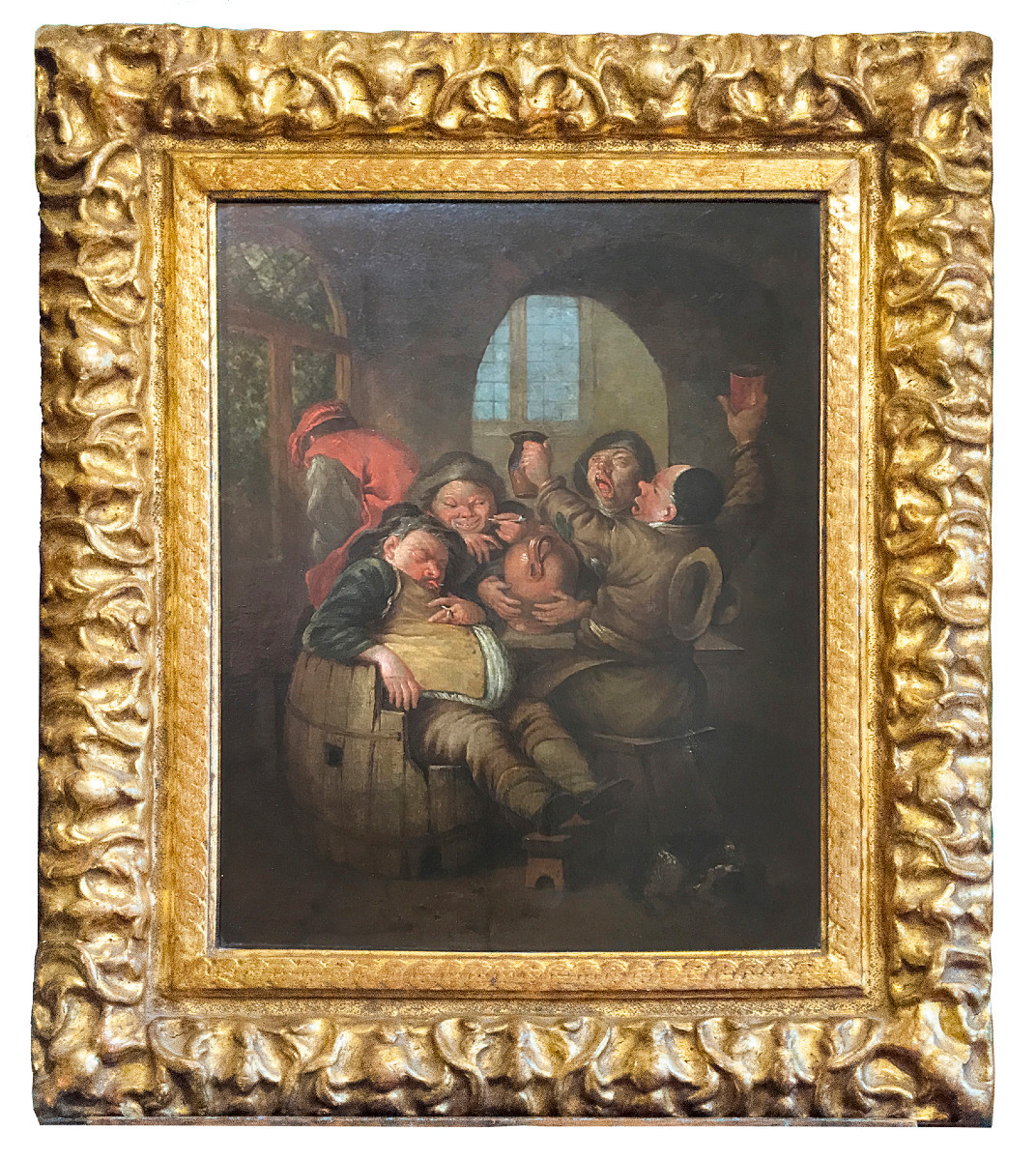
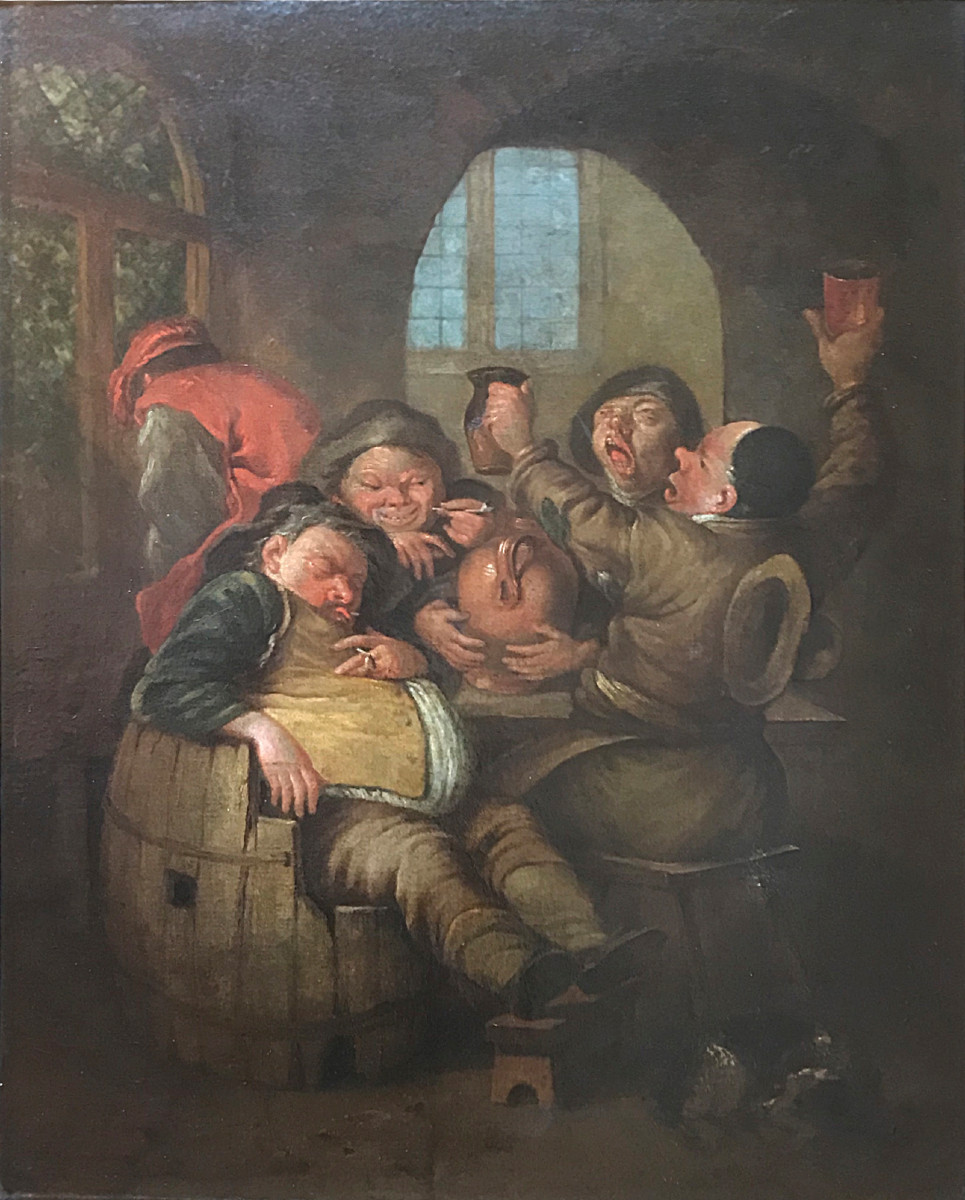
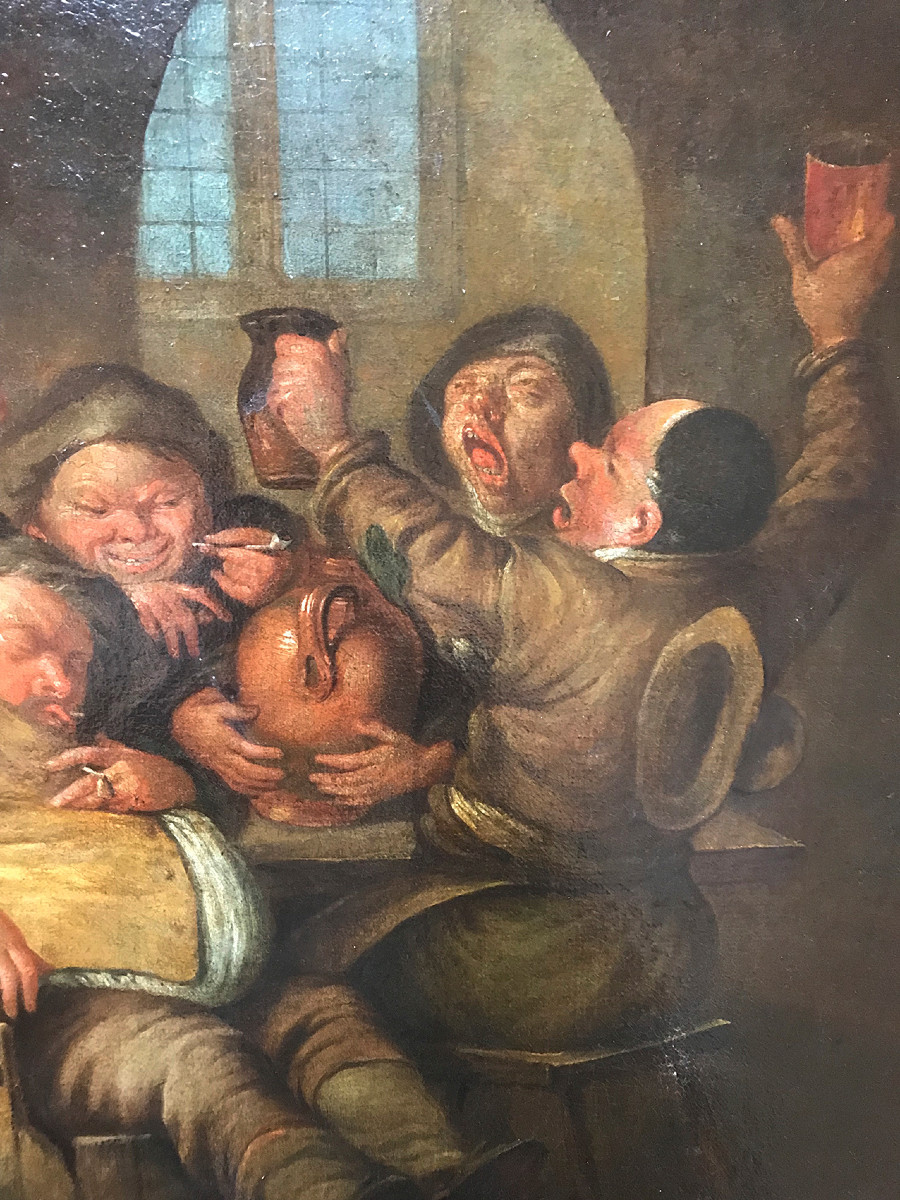
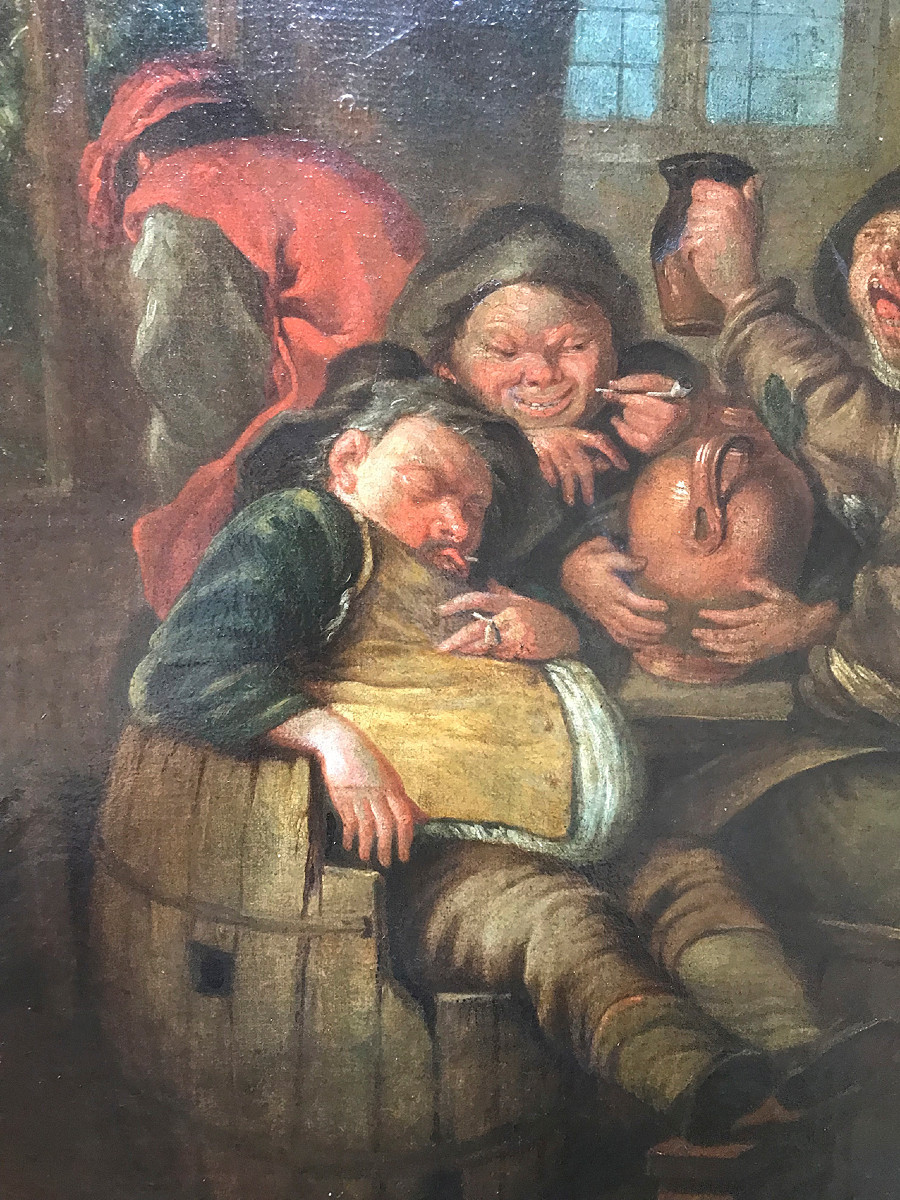














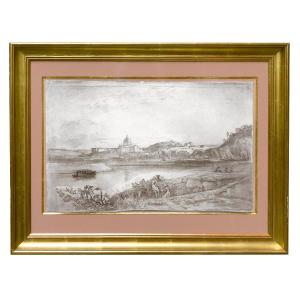
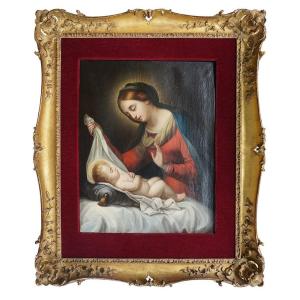

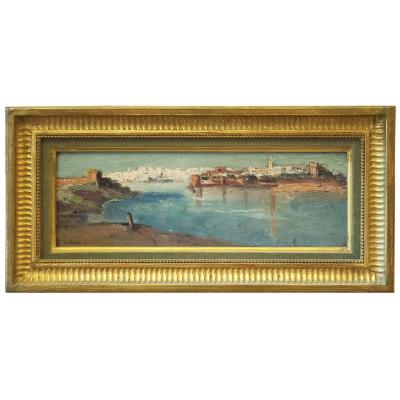

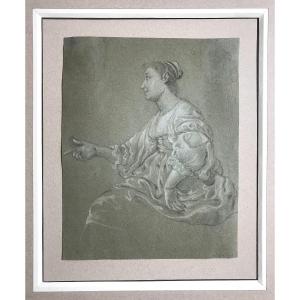








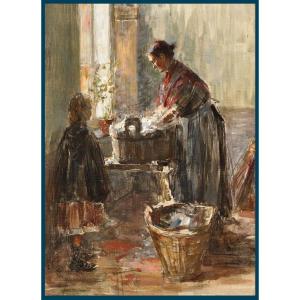
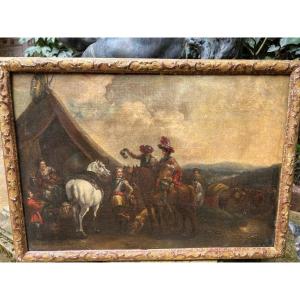




 Le Magazine de PROANTIC
Le Magazine de PROANTIC TRÉSORS Magazine
TRÉSORS Magazine Rivista Artiquariato
Rivista Artiquariato